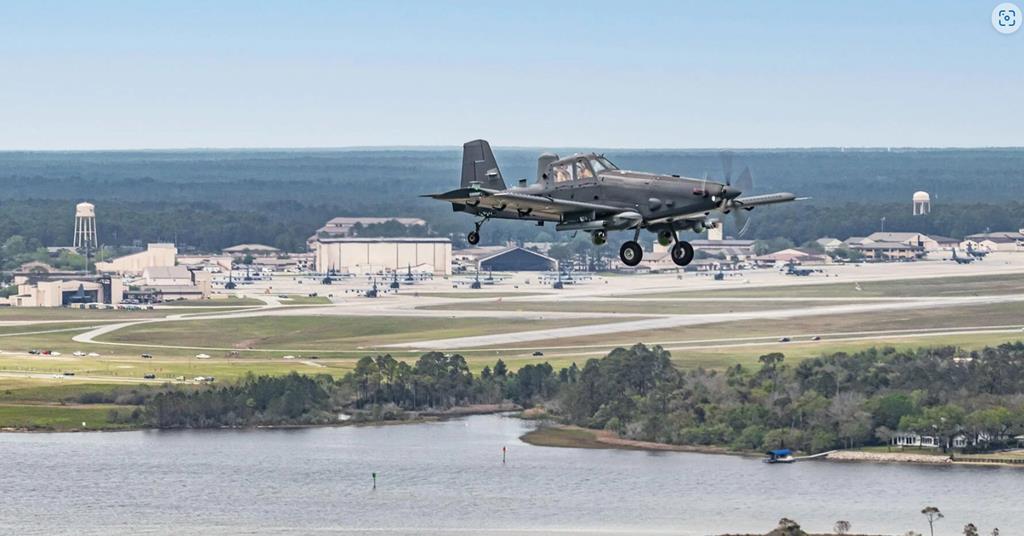The USMC deployed 18 OV-10s to ODS and during the fighting maintained one on station 24-7 during the air war and three on station 24-7 during the land war. That’s a mission loss rate of <0.2%. Considering the density of GBAD threat and the mostly flat, featureless desert terrain that is an excellent survivability figure for the FAC mission.The marines were crazy enough to bring them and could not have brought that many. If one considers the loss rate, it should have been significant.
USAF retired the OV-10 in 93 and USMC in 94. As to why I’m sure ODS had a lot less to do with it than the fact the airframes were 25 years old and the peace dividend saw massive cuts across the entire force structure.I wonder to what extent desert storm played in their retirement in 95.
EWSP goes into every platform that faces the threat no matter how ‘cheap’ it is. Be it a H-60 helo or a Kiowa Warrior. The cost effectiveness relates to the lives of the people at risk not the aluminium/titanium in the airframe.Existing IRCMs are indeed formidable. I see it like armor vs atgm. Its formidable until the next target gets downed.
They don't come cheap either esp with the newer ones. The cost-effectiveness in low cost platforms is doubtful. Having said that the OV-10s did come with disco lights.
Apart from SA there is the issue of ROE which requires human eyes on target for approval. No amount of technology development in UAVs is going to counter the awe inspiring power of the attorneys. There is also the psychological issue of having a recognisable voice from overhead via VHF rather than being beamed around the world from Las Vegas.Agree there is a capability gap. However equipment like ROVER reduces the difference in situation awareness for both JTAC and pilots (incl UAV pilots).
Finally of course is cost and opportunity. There is no UAV in service at the moment that can provide the SA required for FAC. Also those in the works are going to be very expensive and putting such a UAV into the FAC role is going to take one out of the ISR role.
Light, propeller driven armed recce aircraft are providing the kind of FAC/COIN CAS capability needed today. They are doing so with converted advanced trainers, utility aircraft and light helos rather than a more efficient and capable purpose designed aircraft (O-2TT, OV-10, 21st Century A2D, 21C Gunship, etc) because the service leadership could not respond quickly enough – or at all – for the users. None of this should be mistaken for them not being up to the job.



